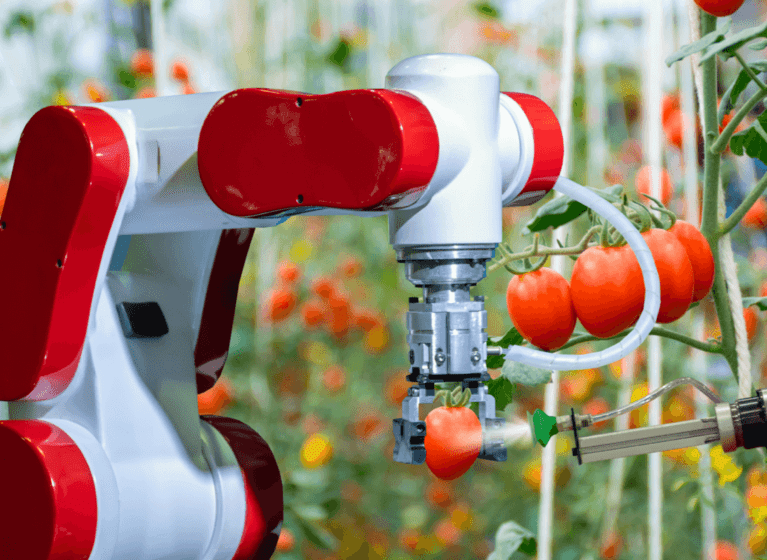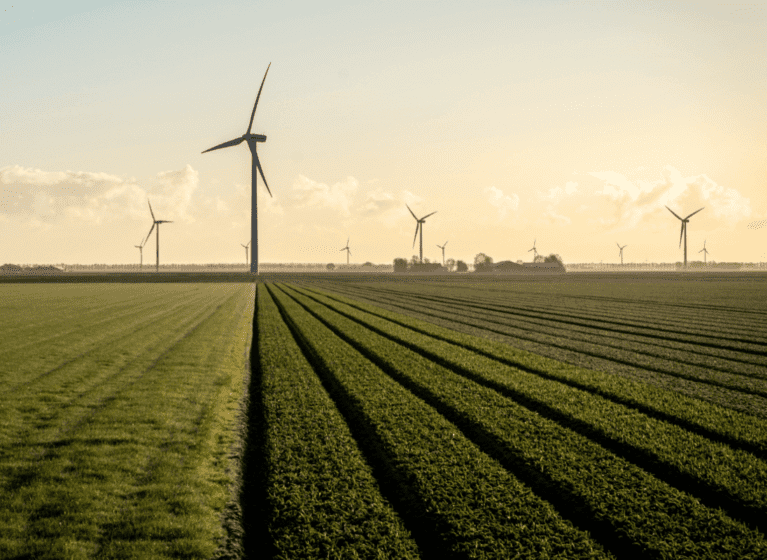With its Budget 2022-23 expanding the ‘Patent Box’ to low emissions technologies (LET), the Government is pulling another economic lever to support the innovators of LET who it is strongly relying on to drive Australia towards net zero emissions.
The Plan to achieve net zero emissions by 2050
When Prime Minister Scott Morrison announced the Government’s “whole-of-economy Plan to achieve net zero emissions by 2050” in October last year, 1 one of the criticisms levelled at the plan was its lack of detail. In particular, the Government provided no specifics as to how it would leverage its planned investment of more than $20 billion over the next decade to generate “between $80 billion and up to $120 billion of combined public and private investment”.2 Rather, the Plan merely referred to the Government “working with state and territory governments, research institutions and the private sector”, with “dedicated agencies to deliver this investment”, including the Australian Renewable Energy Agency (ARENA), the Clean Energy Finance Corporation (CEFC) and the Clean Energy Regulator (CER).3
With one of its key driving principles being “technology not taxes”,4 the focus of the Plan is not just domestic emissions reductions, but also how Australia “will play a global leadership role through our low emissions energy exports and contributions to innovation”.5 The Plan also concedes that at least 15% of the abatement task was based on unpredictable “technology breakthroughs” in the future.
Despite this heavy reliance on technology coupled with an expectation of massive leveraged investment by the private sector, the Plan was entirely silent on the role of patents, those critical components and drivers of investment in technology. In particular there was no mention of any patent-based incentives specific to low emissions technologies (LET) to bootstrap the private sector investment, such as the ‘Patent Box’ scheme that had been announced in the Budget 2021-22 for medical technology and biotechnology innovations. This omission was surprising at the time given the Treasury’s acknowledgement in its July 2021 discussion paper on policy design for the ‘Patent Box’, and with reference to the Government “seeking to maximise co-investment” in LET, that a “patent box may provide an additional lever for the Government by encouraging further innovation in low emissions technologies”.6
Expansion of the ‘Patent Box’ scheme
Five months later, as part of Budget 2022-23, the Government announced on 29 March 2022 what many may have considered inevitable – the expansion of the ‘Patent Box’ scheme to include LET innovations (as well as agricultural sector innovations). In line with the medical technology and biotechnology legislation before Parliament,7 corporate taxpayers will enjoy an effective income tax rate of 17% on eligible corporate income generated by patents granted on technologies that have the potential to lower emissions, to the extent that the relevant R&D took place in Australia. This will apply for income years from 1 July 2023 on patents granted after 29 March 2022. 8
Clearly, the announcement is good news for Australian LET innovators, but the devil is always in the detail, which in this case is yet to be settled. One aspect that may prove an issue in finalising the design of the expansion is the definition of an eligible patent. For example, the current Bill clearly defines an eligible medical technology or biotechnology patent as being linked to a therapeutic good included in a part of the Australian Register of Therapeutic Goods. However, no analogous register exists for LET. Instead, the Government envisages the expansion covering patents relating to the priority LET identified in the Government’s 2021 and future annual Low Emissions Technology Statement, as well as the 140 technology areas listed in the Government’s 2020 Technology and Investment Roadmap Discussion Paper. Given that the only current proviso is that the patented technology must be “considered to reduce emissions”,9 work needs to be done to more clearly define what an eligible patent looks like.
Of course, there is still a question as to how effective the expanded ‘Patent Box’ will be in spurring the innovation and technology breakthroughs required to achieve the Government’s stated objectives. Patent boxes only benefit companies once they have successfully commercialised their innovation and are generating taxable income, which is not a characteristic of early stage R&D and generally occurs several years later. This focus on the back-end of the innovation cycle reduces the value of the fiscal incentive by discounting, and provides no additional mitigation of the investment uncertainty around the R&D. So perhaps the Government may need to investigate additional, front-end focussed LET-specific incentives.10
While we wait for the Government to consult with industry to settle on the detailed design of the expansion, now seems an opportune time to examine some of the classes of LET prioritised by the Government to see where Australia stands on the patenting front relative to its trading partners. This may well provide some insight into how well-equipped Australia really is to “play a global leadership role through low emissions energy exports and contributions to innovation”, and whether any additional economic levers are required for her to do so.
1 Australia’s whole-of-economy Long-Term Emissions Reduction Plan, The Australian Government Department of Industry, Science, Energy and Resources (the Plan)
2 Low Emissions Technology Statement 2021, The Australian Government Department of Industry, Science, Energy and Resources (LET Statement 2021)
3 The Plan, p. 58
4 id., Foreword
5 id., p. 23
6 Patent Box Discussion paper on policy design July 2021, The Australian Government the Treasury
7 Treasury Laws Amendment (Tax Concession for Australian Medical Innovations) Bill 2022
8 Budget Measures, Budget Paper No. 2, 2022-23, Commonwealth of Australia, p. 23
9 id.
10 Patent Box Policies, Gaétan de Rassenfosse, 2015, Office of the Chief Economist, The Australian Government Department of Industry, Innovation and Science












